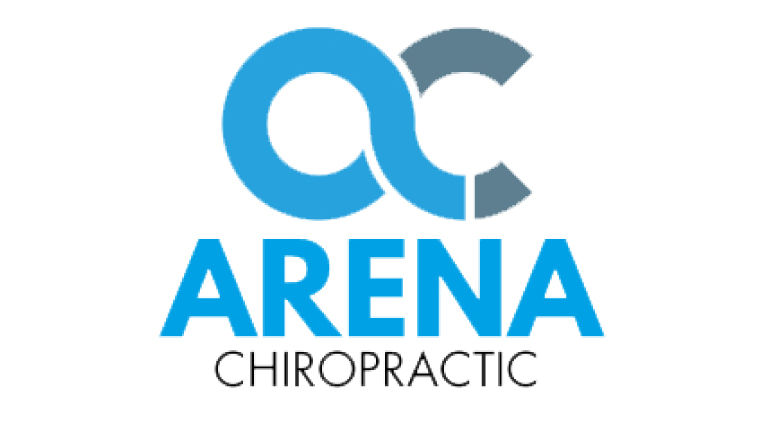In today’s age of health and fitness, more and more kids are involved in sporting activities. Although being part of a football, soccer or Little League team is an important rite of passage for many kids, parents and their children could be overlooking the importance of proper nutrition and body conditioning needed for preventing injuries on and off the playing field.
“The majority, if not all, sports are good, provided that the child prepares appropriately,” says Dr. Carl Heigl, president of the American Chiropractic Association’s Council on Sports Injuries and Physical Fitness. “Without proper preparation, playing any sport can turn into a bad experience. There are structural and physical developmental issues that need to be taken into consideration before children undertake certain sports.”
Highly competitive sports such as football, gymnastics and wrestling follow rigorous training schedules that can be potentially dangerous to an adolescent or teenager.
The best advice for parents who have young athletes in the family is to help them prepare their bodies and to learn to protect themselves from sports-related injuries before they happen.
“Proper warm up, stretching and weight-lifting exercises are essential for kids involved in sports, but many kids learn improper stretching or weight-lifting techniques, making them more susceptible to injury,” says Dr. Steve Horwitz. “Parents need to work with their kids and make sure they receive the proper sports training.”
“Young athletes should begin with a slow jog to warm up the legs and arms and stretch all the major muscle groups,” says Dr. Horwitz. “Kids involved in football, baseball, gymnastics and swimming should develop a routine that includes strengthening exercises for the abdomen, the low-back muscles, arms and shoulders.”
Proper nutrition and hydration are also extremely vital. “A student athlete may need to drink eight to ten 8-ounce glasses of water for proper absorption. Breakfast should be the most important meal of the day. Also, eating a healthy meal before and after practice or a game allows for proper replenishment and refuels the body,” adds Dr. Horwitz.
Young athletes today often think they are invincible. The following tips can help ensure your child does not miss a step when it comes to proper fitness, stretching, training and rest that the body needs to engage in sporting activities.
Encourage your child to:
- Wear the proper equipment. Certain contact sports, such as football and hockey, can be dangerous if the equipment is not properly fitted. Make sure all items of equipment— including helmets, pads, and shoes— fit your child or adolescent. Talk to your child’s coach or trainer if the equipment is damaged.
- Eat healthy meals. Make sure your young athlete is eating a well-balanced diet and does not skip meals. Avoid high-fat foods, such as candy bars and fast food. At home, provide fruit rather than cookies, and vegetables rather than potato chips.
- Maintain a healthy weight. Certain sports, such as gymnastics, wrestling and figure skating, require your young athlete to follow strict dietary rules. Be sure your child does not feel pressured into being too thin and that he/she understands proper nutrition and caloric intake is needed for optimal performance and endurance.
- Drink water. Hydration is a key element to optimal fitness. Teenage athletes should drink at least eight 8-ounce glasses of water a day. Younger athletes should drink five to eight 8-ounce glasses of water.
- Drink milk. Make sure your child has enough calcium included in his/her diet. ACA recommends 1 percent or skim milk for children over 2 years old rather than whole milk because of its high fat content. The calcium in milk is essential for healthy bones and reduces the risk of joint-and muscle- related injuries.
- Avoid sugar-loaded, caffeinated and carbonated drinks. Sports drinks are a good source of replenishment for those kids engaged in long-duration sports, such as track and field.
- Follow a warm-up routine. Be sure your child or his/her coach includes a warm-up and stretching session before every practice, game or meet. A slow jog, jumping rope and/or lifting small weights reduces the risk of torn or ripped muscles. Flexibility becomes a preventive key when pushing to score that extra goal or make that critical play.
- Take vitamins daily. A multi-vitamin and Vitamin C are good choices for the young athlete. Vitamin B and amino acids may help reduce the pain from contact sports. Thiamine can help promote healing. Also consider Vitamin A to strengthen scar tissue.
- Avoid trendy supplements. Kids under the age of 18 should avoid the use of performance-enhanced supplements, such as creatine. Instead, they should ask their coach or trainer to include weekly weight-training and body-conditioning sessions in their workout.
- Get plenty of rest. Eight hours of sleep is ideal for the young athlete. Lack of sleep and rest can catch up with the athlete and decrease performance. Sluggishness, irritability and loss of interest could indicate that your child is fatigued.




